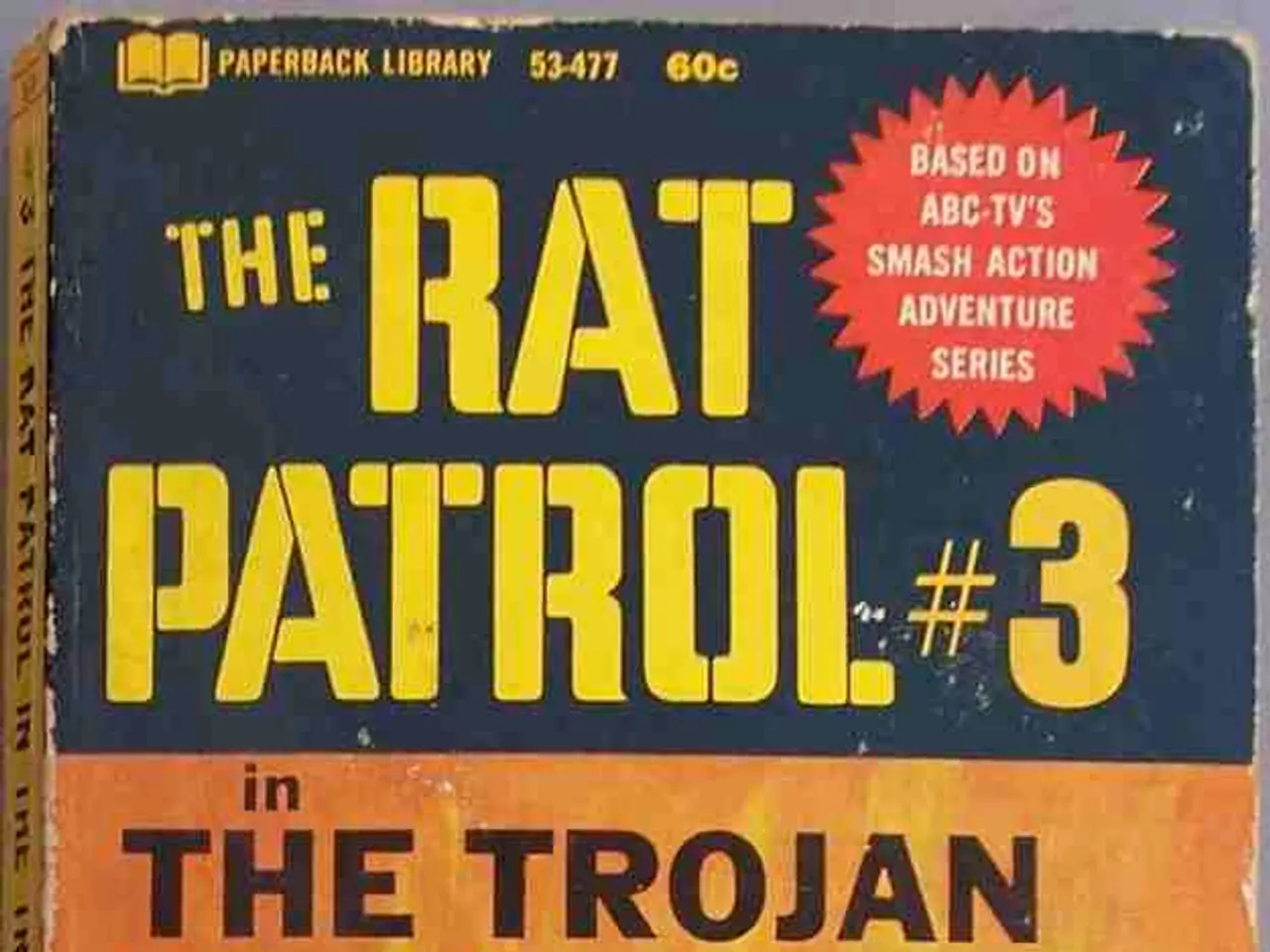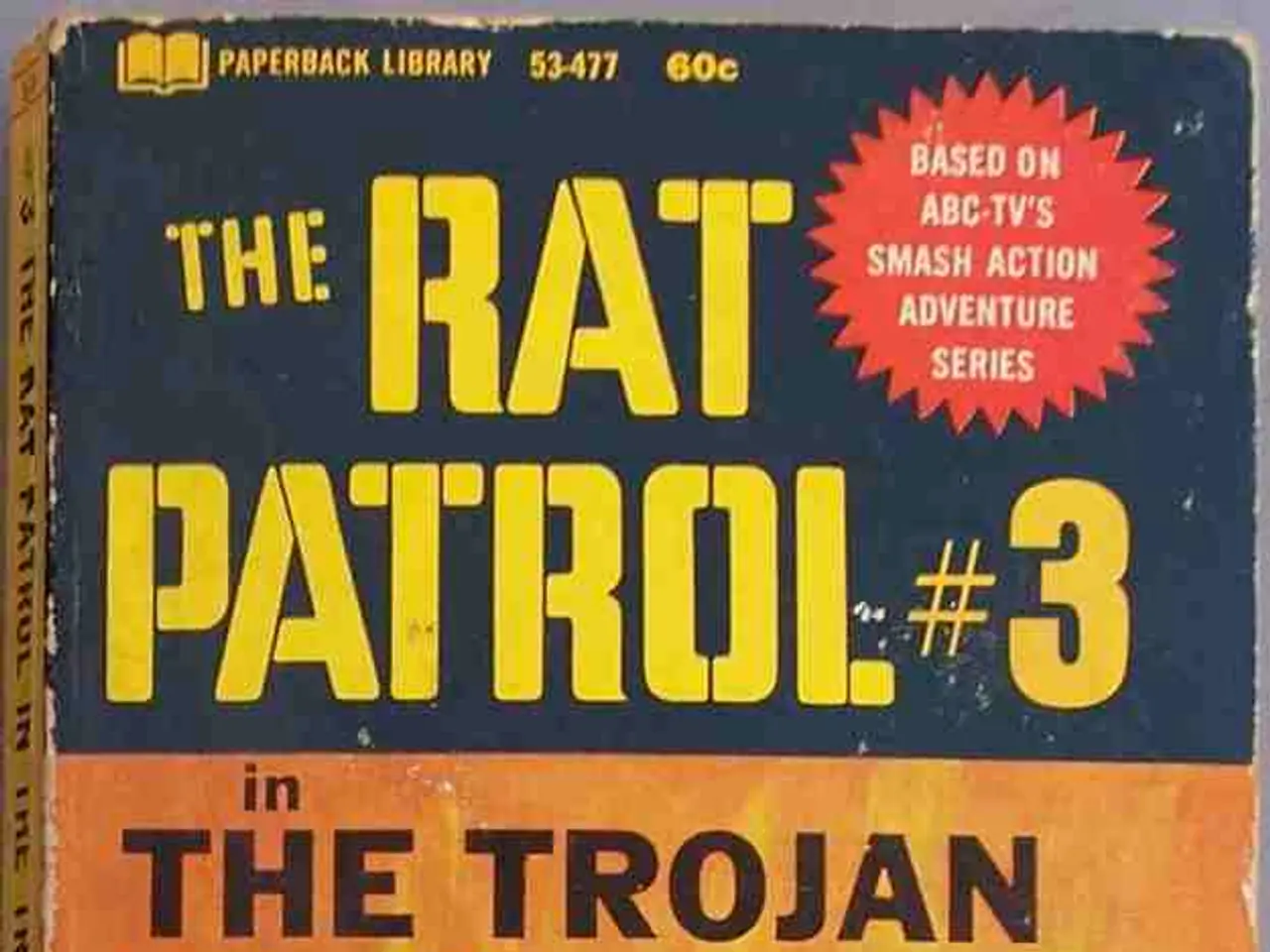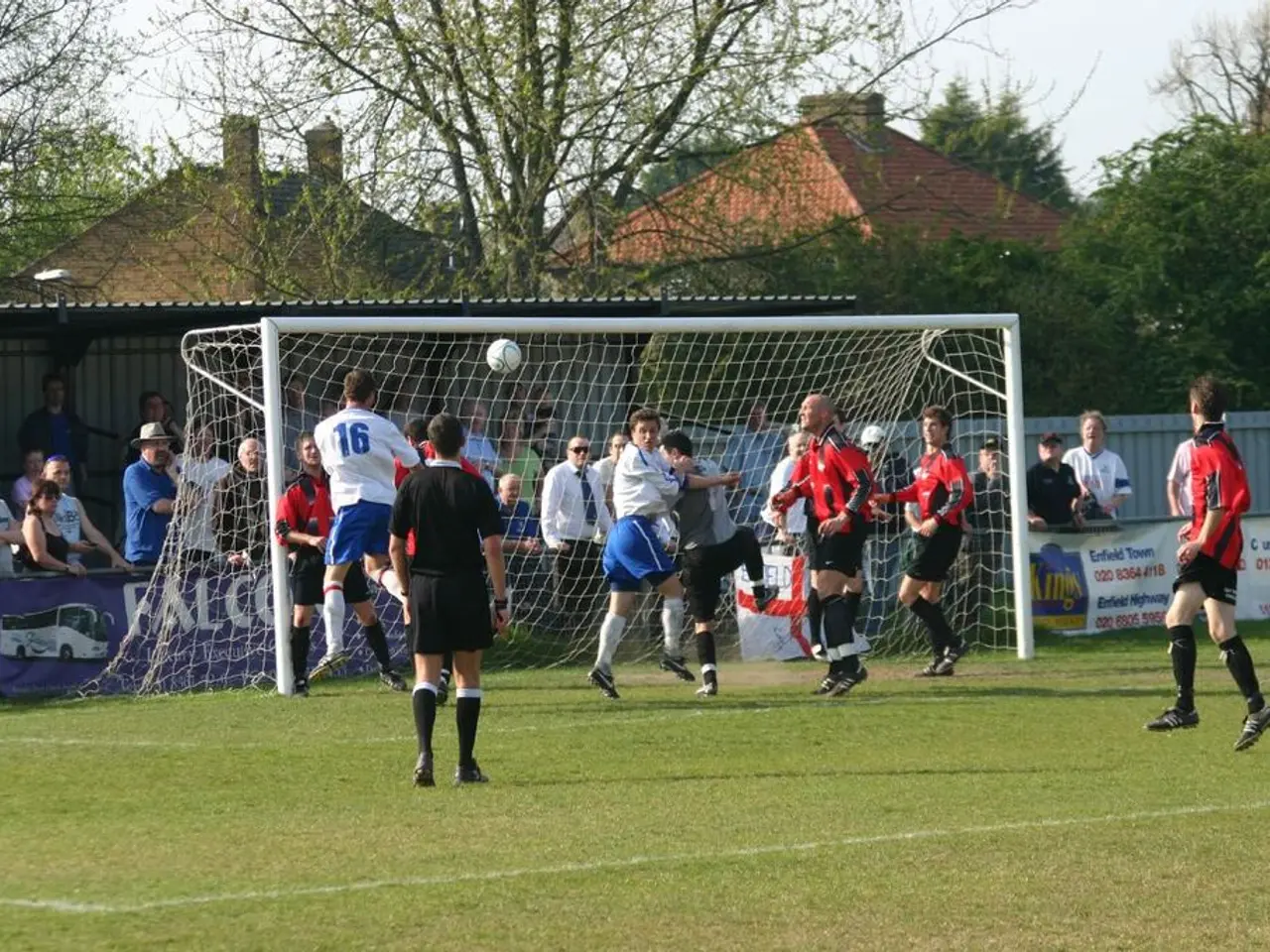Strategy on a Grand Scale (1939-1940)
World War II was a time of strategic manoeuvres and grand plans. One of the most significant of these strategies was Stalin's, which was shaped by the need to strengthen Soviet military and industrial capacity, prepare for a protracted war of attrition, and ultimately defeat Nazi Germany.
This approach reflected, adapted, and extended the strategic foundations laid down during Lenin’s era. Lenin, in his time, had envisioned building a strong socialist state capable of defending itself and promoting global revolution. He saw Germany as a crucial pawn on his global chess board, and believed it would be used to bring the British Empire to its knees through open warfare.
Stalin implemented Lenin’s plans through policies like forced industrialization, collectivization, and centralized control over the military and economy. This enabled the Soviet Union to mobilize immense human and material resources during WWII despite early catastrophic losses from the German invasion in 1941.
Stalin’s strategy involved absorbing the initial blitzkrieg attacks through the depth and size of Soviet territory, then gradually wearing down German forces in attritional battles, backed by massive industrial production and manpower reserves. This strategy is seen as a modern continuation of Lenin’s vision of total war and revolutionary persistence, but adapted to the specific threats and scale of WWII.
The impact on the war’s outcome was decisive: the Soviet Union’s ability to sustain prolonged, deep, and multi-front warfare eventually exhausted German military capacity, contributing significantly to the Axis defeat on the Eastern Front. Stalin’s grand strategy, therefore, can be viewed as successfully implementing Lenin’s industrial and military modernization plans in a way that was crucial to the Allied victory.
Stalin’s purges in the late 1930s, while initially damaging some military leadership, cleared the way for a rigidly centralized command structure that controlled vast wartime mobilization efficiently. The Soviet strategy of drawing German forces deep into Russian territory, stretching supply lines, and then counterattacking reflects Leninist ideas of revolutionary warfare extended over time and space, utilizing the advantages of attrition and defense in depth.
Stalin’s emphasis on industrial mobilization and production capacity directly continued Lenin’s NEP and Five-Year Plans aims, which prepared the USSR to outproduce the Axis powers despite brutal early setbacks. The Soviet strategy impressed Allied planners and helped shift the balance in favor of the Allies on the Eastern Front, forcing Germany to fight a costly two-front war.
The war began on 1 September 1939 when Hitler invaded Poland. Germany was initially successful, but Stalin served as Hitler’s lightning rod, allowing him to invade country after country unopposed. However, Hitler found himself in a desperate position after the invasion of Poland, as he knew Germany was strategically disadvantaged and dependent on Stalin.
Meanwhile, Britain was still in the war, with Winston Churchill as Prime Minister, determined to fight Germany with tooth and nail. Across the Atlantic, America loomed as a continent-sized country sympathetic to Britain's plight. France and Britain declared war on Germany on 3 September 1939, but did not declare war on the Soviet Union due to the challenges they faced in preparing to fight Germany and the potential difficult position it would put them in.
In 1940, the Soviet Union invaded Lithuania, Estonia, Latvia, and eastern Romania without any real opposition. On 27 September 1939, Warsaw (the capital of Poland) fell to the Germans as 140,000 Polish troops were taken prisoner.
Hitler preemptively invaded Denmark and Norway in April 1940 due to the British planning to cut his iron ore supplies from Scandinavia. In a surprising victory, Hitler's bold plan of Col. Erich von Manstein won the invasion of Holland, Belgium, and France, leading to France signing an armistice with Germany on 22 June 1940.
Lenin, in his grand strategic plan outlined in 1920, had suggested exploiting the contradictions and opposition between two imperialist power groups, between two capitalist groups of states, and incite them to attack each other. This strategy seemed to be playing out as World War II enabled the Soviet Union to seize power in Europe, as asserted by Soviet Foreign Minister V. Molotov in a statement to Lithuanian Foreign Minister Kreve-Mickevicius on 30 June 1940.
In July 1940, the Commintern journal, Red Dawn, referred to Hitler as "a new Napoleon ... running amok throughout Europe, conquering great countries." Despite these setbacks, Stalin's grand strategy proved to be a turning point in the war, ultimately contributing significantly to the Allied victory in Europe.
- Stalin's strategy during World War II, inspired by Lenin's vision, aimed to strengthen the Soviet military and industrial capacity, preparing for a prolonged war of attrition against Nazi Germany.
- Stalin's approach to warfare, guided by Leninist philosophy, included the absorption of initial attacks through the vastness of Soviet territory, gradual wear-down of enemy forces in attritional battles, and exploitation of industrial production and manpower reserves.
- Stalin's centralized command structure, shaped by purges in the late 1930s, enabled efficient wartime mobilization, with strategies like drawing enemy forces deep into Russian territory and counterattacking.
- Stalin's emphasis on industrial mobilization and production capacity directly continued Lenin's ambitions, preparing the USSR to outproduce the Axis powers, which led to an impressive display of Soviet military power during World War II.
- Lenin's strategic plan, outlined in 1920, focused on exploiting the contradictions between imperialist power groups, as World War II enabled the Soviet Union to seize power in Europe, creating a turning point in the allied victory.







